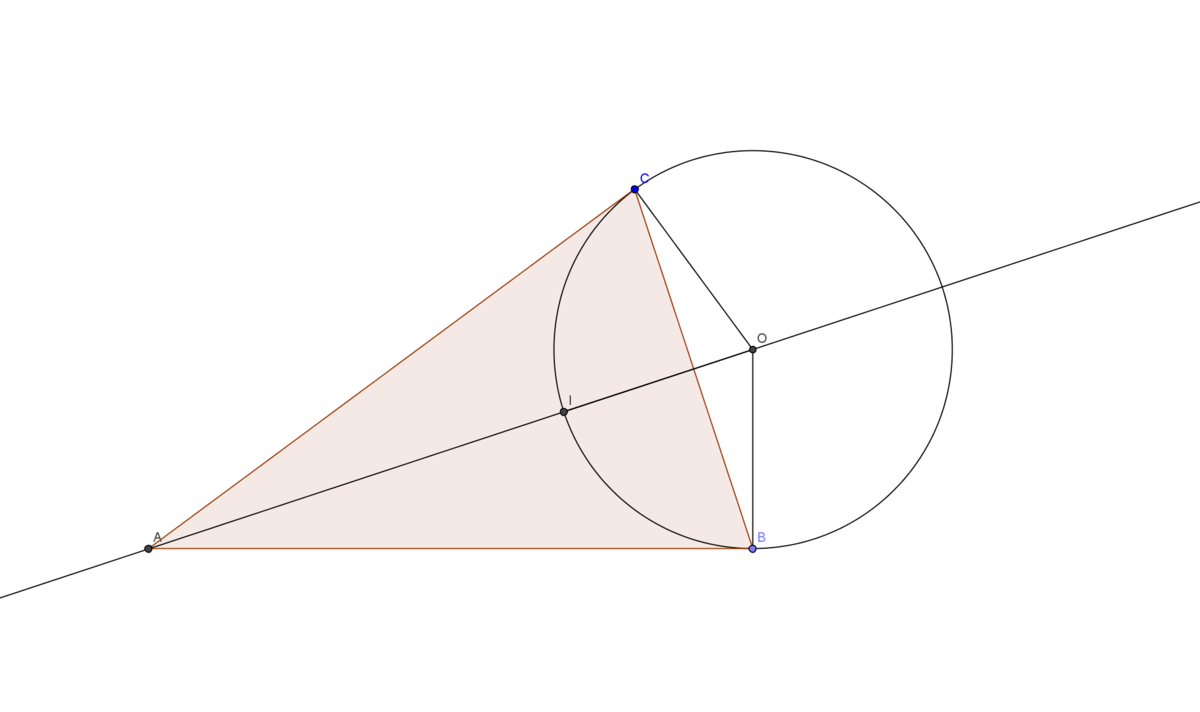Day 10: Astonishing Geometry
In a triangle A B C , a circle centred at O , passing through B and C , is drawn such that ∠ B O C = 1 4 4 ∘ where O is on the side of B C not containing A . The circle intersects A B and A C again at P and Q respectively. It is given that the incentre I of A P Q lies on the circle.
Find ∠ B A O .
This problem is part of the set Advent Calendar 2014 .
The answer is 18.
This section requires Javascript.
You are seeing this because something didn't load right. We suggest you, (a) try
refreshing the page, (b) enabling javascript if it is disabled on your browser and,
finally, (c)
loading the
non-javascript version of this page
. We're sorry about the hassle.
2 solutions
When I was making the problem, I discovered more and more interesting properties of this diagram. Geometry really is astonishing! Here is the solution:
By circle theorems ∠ B Q C = 1 0 8 ∘ . Now notice that ∠ P I Q = 9 0 ∘ + 2 A . Also, B P I Q is cyclic so ∠ P B Q = 9 0 ∘ − 2 A . Now by the exterior angle theorem on B Q A , 9 0 ∘ + 2 A = 1 0 8 ∘ . Therefore A = 3 6 ∘ .
Therefore A B O C is cyclic. Now B C O is isosceles so ∠ B C O = 1 8 ∘ , then by angles in the same segment ∠ B A O = 1 8 ∘ as required.
Really, a nice solution. A good understanding of geometry of a circle. Congratulations. I tried to draw a sketch, but could not get I to be the incenter. Can you please supply a sketch ?
1 question.......how angle BQC=108
I dout your answer is a wrong one..
Since angle ABO + angle ACO < 180 So..angle BAC should be > 36.......think about it.

It can be proven that angle APO + angle AQO = 180. In order for the circle to intersect AB at points P and B, the angle APO has to be < 90. The same is true for the point Q. Therefore the conditions stated for the circle are met only when the circle is tangent to AB at B and to AC at C. In that case point P = B and Q = C. Also AB = AC.